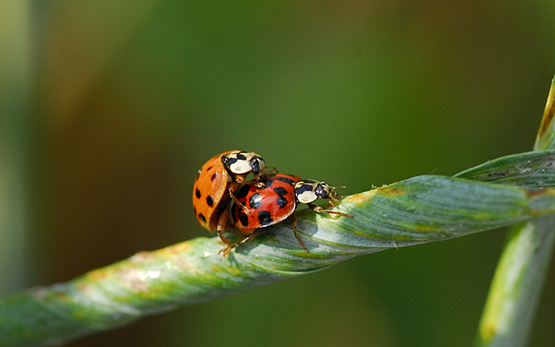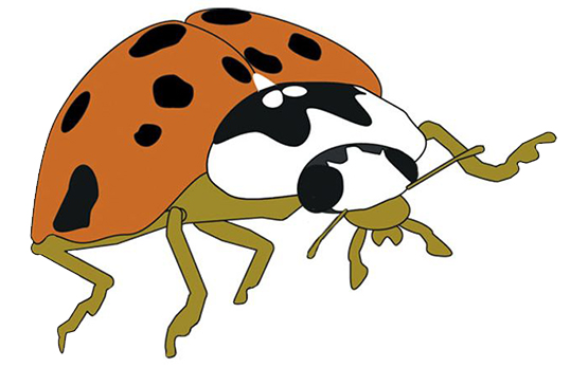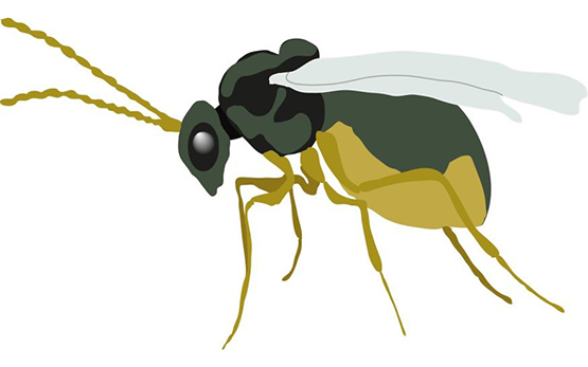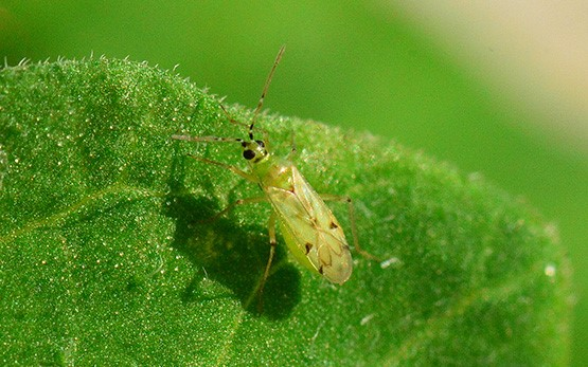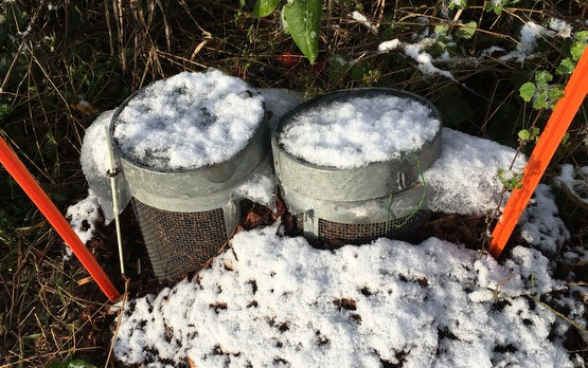Parasitoids and predators are among the organisms used for biological pest control in agriculture. We investigate the potential ecological risks posed by new plant-protection macroorganisms, as well as their benefits for a sustainable agricultural sector.
Both microorganisms (fungi, bacteria, viruses) and macroorganisms (parasitoids, predators and nematodes) are used for the biological control of pests in agriculture. According to the Swiss Plant-Protection Ordinance, these organisms must be approved before being placed on the market. As part of this approval process, we evaluate the ecological risks of macroorganisms for plant protection on behalf of the Federal Office for Agriculture (FOAG). With the aim of improving risk analysis, we work on the methodology and international procedures for regulating macroorganisms for plant protection.
New species, which are either distributed deliberately for plant protection or introduced accidentally as invasive pests, can have impacts on the native ecosystem. An example of this is the harlequin ladybird, Harmonia axyridis, which was imported into Europe for the control of aphids. This species has displaced native ones, and is nowadays the most common ladybird in Switzerland. The spotted-wing Drosophila suzukii, which develops inside fruits, was introduced accidentally into Europe and is already causing damage in soft and stone fruits as well as in viticulture. Gaining a better understanding of the causes and mechanisms of these invasions is crucial for enabling us to take preventive action and develop suitable control strategies in future.


